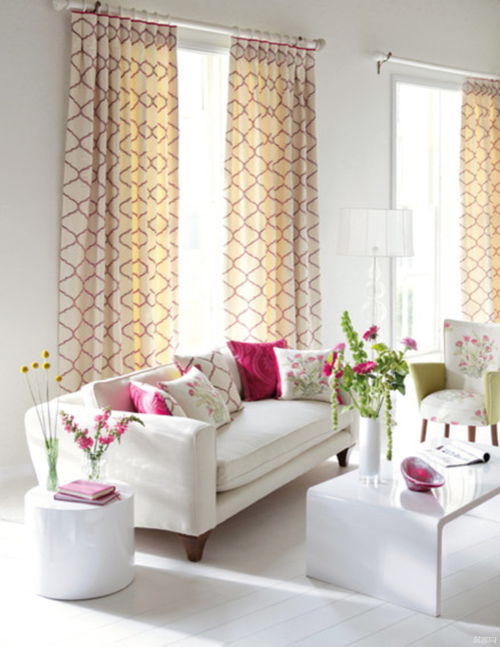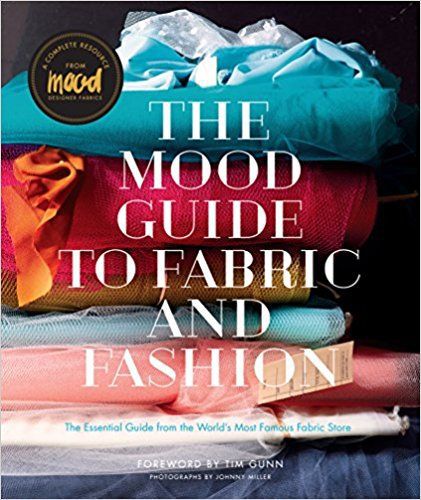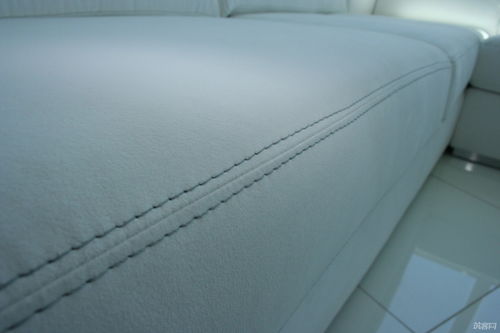The Comprehensive Fabric Design Development Process
The comprehensive fabric design development process is a systematic approach that involves various stages of planning, designing, and production. It begins with the identification of the design requirements and objectives, followed by the selection of appropriate fabric materials and techniques. The next step is to create a detailed design plan that includes specifications for color, texture, pattern, and other features. This plan is then translated into a prototype or model, which is tested and refined before being mass-produced. Finally, the finished product is evaluated for quality and fit, and any necessary modifications are made before it is shipped to customers. Overall, this process ensures that the final product meets both functional and aesthetic standards, while also minimizing waste and maximizing efficiency in the fabric design and manufacturing process.
Introduction: In the world of textiles, design is not just about aesthetics; it's a meticulous process that involves understanding consumer needs, incorporating innovative technology, and crafting functional yet stylish pieces. This guide outlines the essential steps involved in designing and developing high-quality textile products. By following this process, designers can ensure their creations meet market demands and exceed customer expectations.
Step 1: Conceptualization The first step in the fabric design development process is conceptualization. Here, designers brainstorm ideas, sketch out designs, and explore various materials and techniques to create initial concepts. For instance, consider the case of a fashion brand that wanted to introduce a line of eco-friendly activewear. The designer might start by brainstorming different fabrics, colors, and patterns that align with their brand values while considering sustainability and functionality.

Step 2: Research & Analysis Once the initial concepts are established, the next step is research and analysis. This involves gathering data on current trends, analyzing competitors' offerings, and identifying target markets. For example, a textile company might conduct market research to understand what styles of clothing are currently popular among its target audience. They could also analyze competitor products to identify gaps in the market and develop strategies to fill them.
Step 3: Sketching & Modelling After thorough research, designers begin sketching and modelling their concepts. This stage involves creating detailed drawings and physical models of the fabric design. It's crucial to refine the design based on feedback from stakeholders such as clients, suppliers, and testers. For instance, if a client requests a particular color or pattern, the designer may need to adjust the sketches accordingly.
Step 4: Production Planning With the final design approved, production planning begins. This includes determining the manufacturing process, sourcing materials, and setting up production facilities. The designer must also consider factors like cost, quality control, and delivery timelines. For example, a textile manufacturer might choose to use a specific yarn for a product due to its durability and resistance to pilling.
Step 5: Prototyping Once production plans are finalized, prototypes are created to test the design's functionality and fit. These prototypes serve as a blueprint for the final product, allowing designers to make necessary adjustments before mass production. For instance, a garment designer might prototype a jacket to ensure it fits properly and doesn't ride up during wear.
Step 6: Quality Control Quality control is an integral part of the fabric design development process. This involves testing the finished product for defects such as thread breaks, color variations, and fit issues. High-quality control measures can prevent costly mistakes and ensure customer satisfaction. For example, a textile manufacturer might conduct spot checks on the stitching of a shirt to ensure uniformity and accuracy.
Step 7: Packaging & Shipping Finally, packaging and shipping are essential steps in ensuring the product reaches its intended destination safely and in good condition. Designers must consider factors like weight, dimensions, and environmental impact when selecting packaging materials. Additionally, they should establish clear guidelines for shipping and handling to minimize damage during transit. For example, a textile company might opt for corrugated boxes for lightweight items to protect them during shipping.
Conclusion: The fabric design development process is a multifaceted journey that requires collaboration, creativity, and attention to detail. By following these steps, textile designers can create products that not only meet but exceed customer expectations, drive innovation, and contribute to sustainable growth. Remember, every successful textile design starts with a well-thought-out concept and a commitment to excellence in every phase of the process.
纺织品设计开发流程概述
表格展示了纺织品设计开发的基本流程,包括需求分析、设计阶段、样品制作、样品测试、生产准备等关键环节,以下为详细内容:
需求分析
市场调研
收集行业信息,了解市场需求。
用户需求分析

根据用户需求,确定纺织品的主要功能、风格和材质。
设计阶段
创意构思
设计师根据市场调研和用户需求,进行创意构思。
初步设计稿
设计师完成初步设计稿,包括图案、色彩、材质等。
评审与修改
邀请行业专家或客户进行评审,根据反馈进行修改。
样品制作
材料选择与采购
根据初步设计稿选择合适的材料,采购相关材料。
制作样品
按照设计要求,进行样品制作。
样品测试

性能测试
测试样品的物理性能、化学性能等。
用户反馈测试
收集用户反馈,了解样品的实际使用效果。
生产准备
生产计划制定
根据市场需求和生产能力,制定生产计划。
设备采购与调试
采购相关生产设备并进行调试。
案例分析:纺织品设计开发流程实例(以某品牌为例)
以某知名纺织品品牌为例,其纺织品设计开发流程如下:
- 市场调研与需求分析:该品牌关注时尚与舒适性的结合,主要针对中高端市场,通过对目标客户群体的调研,确定了其主要需求为高品质、时尚且舒适的纺织品。
- 设计阶段:该品牌的设计团队根据市场需求和用户需求,进行了深入的设计构思,他们设计了多种风格和材质的样品,并邀请了行业专家进行评审,根据反馈进行了多次修改和完善,最终确定了最终的设计方案。
- 样品制作:该品牌选择了高品质的纤维材料,按照设计方案进行了样品制作,他们还注重样品的环保性和可持续性,采用了环保染料和可持续材料,他们按照生产要求进行了样品测试和整理。
- 生产准备:该品牌根据市场需求和生产能力,制定了详细的生产计划,他们采购了先进的生产设备,并进行了设备的调试和优化,他们还制定了质量控制标准,以确保产品的质量和一致性,他们开始准备生产物料和人员安排等后续工作。
通过以上案例分析可以看出,纺织品设计开发流程需要注重市场需求、用户需求、产品质量等多方面因素,还需要注重环保性和可持续性,采用环保材料和工艺,才能确保产品的质量和竞争力。
Articles related to the knowledge points of this article:



